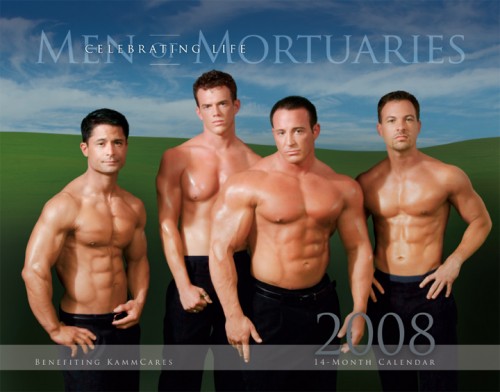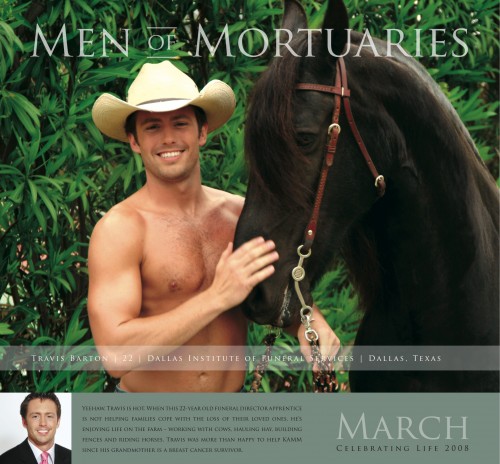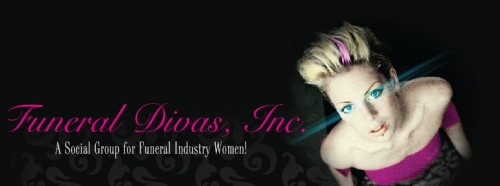In my Intro to Soc course I assign K.R. Thompson’s article “Handling the Stigma of Handling the Dead: Morticians and Funeral Directors” (Deviant Behavior 1991, v. 12, p. 403-429). Thompson looked at how those involved in preparing the dead for burial and planning funerals try to manage the negative perceptions they suspect much of the public has of them. Language was a major way they tried to do this–redefining themselves as “funeral directors” rather than “morticians” or “undertakers,” referring to dead people as “the deceased” rather than “the body” or “the corpse,” “casket” rather than “coffin,” and so on. The point was to try to reduce the association with death–to never blatantly refer to death at all.
They also tried to avoid what they felt were stereotypes of funeral directors. Some mentioned trying not to wear black suits, and one man went so far as to keep hand warmers in his pockets so his hands would be warm when he shook family members’ hands–a reaction to what he said was a belief that funeral directors have cold, clammy hands. Others lived in a different town than where they worked and tried to keep their careers secret.
All of this was an attempt to avoid the stigma often placed on those who handle the dead (found in many cultures). We often suspect those who do so, thinking they must be creepy to be willing to do that kind of work. In addition, funeral directors are often depicted as unethical individuals who profit from a family’s pain and who can manipulate people while they are emotionally vulnerable.
I thought of that article when Lisa sent me a link to an article in Obit Magazine about the 2008 Men of Mortuaries calendar, which raised money for a breast-cancer charity:


The article directly discusses stereotypes:
Aren’t undertakers old, gray of complexion, gaunt and, well, creepy?
Four hundred morticians and funeral directors from across the country who defy that stereotype sent applications to Kenneth McKenzie’s funeral home in Long Beach, Ca., to vie for a month in the calendar…
Also:
McKenzie sees the calendars as a humorous way to dispel the notion that morticians “are gray-haired and hunchbacked with no personality.”
Interestingly, the article does use the word “mortician,” so apparently some in the industry are still comfortable with the term. But overall, I think the calendar and the quotes from the article demonstrate the effort to manage stigma quite well.
CLARIFICATION: In light of a previous post about a calendar featuring nudity, some commenters are conversing about whether this calendar is objectifying or humanizing. That is an interesting, appropriate question and certainly worth discussing. I wanted to clarify, though, that I wasn’t trying to answer that particular question in this post. I only meant to suggest that the calendar was an example of an attempt at humanizing funeral directors in order to manage perceived stigma, which isn’t the same as saying it’s a good or effective attempt (or a bad or ineffective one, for that matter).

